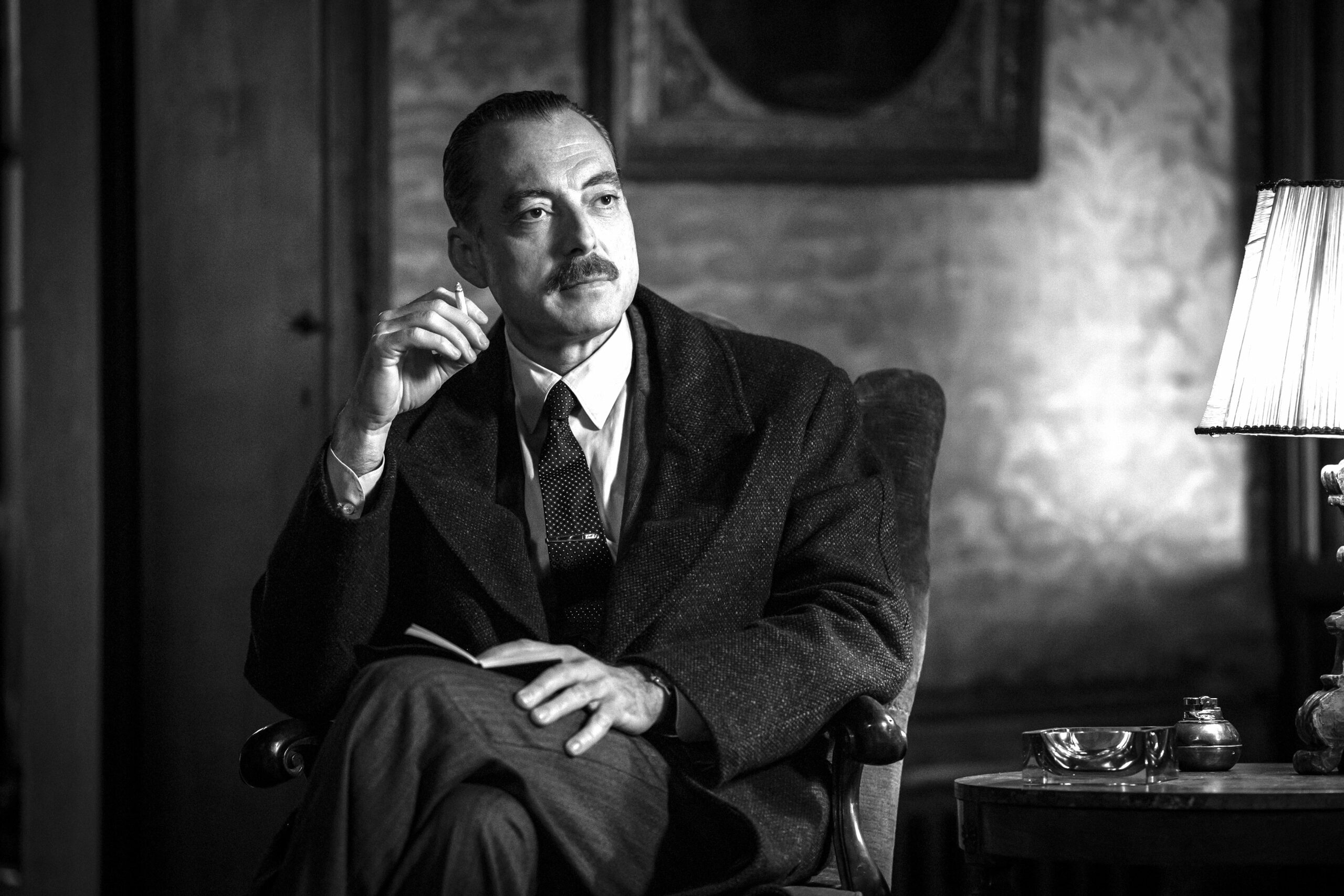Many are the traditions and ceremonies that characterize the Easter week in Catholic Countries, from special food and recipes to the decoration of churches and religious sites. But one of the most fascinating is Good Friday, a religious observance that occurs in the lead-up to Easter Sunday and that commemorates Jesus Christ’s crucifixion and death. In Italy, Good Friday is known as Holy Friday (Venerdì Santo). Solemn religious processions are held all over the Country, especially at night.
Due to its history and religiousness, Italy has maintained a variety of rituals that can be hardly found in other countries; so if you are visiting Italy during the Easter week, you will have the chance to experience something unique anywhere you are.
What is believed to be the oldest Good Friday procession in Italy is in Chieti, in the Abruzzo region. Here, a choir accompanied by 100 violins performs Saverio Selecchy’s Miserere while walking through the city. The ritual has been repeated for over 200 years, and is very moving.
In some areas of the Liguria region, Good Friday is characterized by a procession in which the cross is orizontally oriented. The traditions goes back to the time of naval battles against Turkey, during which all the crosses adorning the ships were turned, so that Turkish, considered misbelievers, could not see Christ’s face.
Monte San Pietrangeli, in the Marche region, features a reenactment of the process, passion and crucifixion of Christ, which starts every year at 9pm and sees the involvement of over 200 actors. In Porto Recanati instead, you can experience the procession of Bara di Notte, in which a five meters tall coffin is carried by twelve fishermen who wear no shoes, followed by several religious confraternities wearing their traditional vests.
A traditional Good Friday procession: the Miserere of Chieti
A traditional Good Friday procession: the Miserere of Chieti
Only in Nocera Terinese, Calabria, you can find the “vattienti” (flagellants). This group of votaries walks in the streets, each of them whipping himself, enduring the pain and suffering of religious sacrifice in the name of spiritual cleansing. This practice originated in Europe centuries ago, after the Black Death, but has never been fully approved by the Catholic Church.
Enna, in Sicily, has a large procession on Good Friday, with more than 2,000 friars dressed in ancient costumes walking through the streets of the city. In Trapani, also in Sicily, the Good Friday procession, Misteri di Trapani, lasts 24 hours.
Sardinia region has also a lot to offer in terms of unique practices; here, because of Sardinia’s long association with Spain, some Easter traditions are strongly linked to the Spanish Semana Santa. On Good Friday the statue of Christ is carried from the Misericordia Church of Alghero to the Cathedral, where it is placed on the altar. Then the procession of the mysteries and afternoon solemn mass, called missa-fugi-fugi, take place in the Cathedral. Nine children carry a plate; eight of them contain hammers, pincers and bands, while the last one is empty, waiting for the nails that will be removed from Christ’s cross. During the night procession, pilgrims and the brothers carry lit candles wrapped in red paper called farols, which also cover the street lights, creating a mysterious atmosphere.
But the most popular ritual is with no doubt the Via Crucis in Rome. In this Good Friday liturgy, the fourteen ‘stations of the cross’ are marked, each signifying a part of Christ’s passion and death. The Pope celebrates the Stations of the Cross with a procession that starts form the Colosseum. Pilgrims carry a wooden cross around each ‘station’, and for part of the way the Pope might himself take the cross.
At each station a brief meditation and prayer is offered in different languages. Except for certain situations, the procession ends on the Palatine Hill, where the Pope gives his blessing to the participants.
Priests’ vestments for any Good Friday liturgy are colored purple, except for the Bishops and the Pope who wear red. All statues and crosses in churches will have been covered in purple or black cloth, and remain so until Easter Sunday.
If you can’t take part to the procession in person, you can follow this incredibly suggesting ceremony live on TV.
If you’re traveling to Italy, whether you’re religious or not, and whether you’re a Catholic or not, Good Friday’s traditions are one of the most memorable things you’ll ever see, anywhere in the peninsula you are.






























